Strife Happens: What to Do During an Urban Uprising
Strife Happens: What to Do During an Urban Uprising
The level of political discourse in the United States has increased to the highest it’s been since the late 1960’s and early 1970’s. Those who weren’t alive may not remember the level of violence; with dozens of bombings in NY, LA, San Francisco, Marin, Orlando, Chicago, Rochester, Boston and D.C. in 1970-71.
I remember riots on the Sunset strip in Hollywood where buses were overturned and of course, I remember the student takeover at UC Berkeley. Many college campuses in America were rocked by violent protests. Who can forget Kent State and the shooting of students by the Ohio National Guard or the violence at the Democrat National Convention in Chicago?
The violence we’ve seen lately is a shadow of that time, but it could escalate again to those levels in a heartbeat. I don’t wish to discuss anything political and in fact, the source of the violence is immaterial if you’re the victim of it. So here are a few ideas on how to avoid getting injured or killed in times of failed civility.
Know Your Terrain
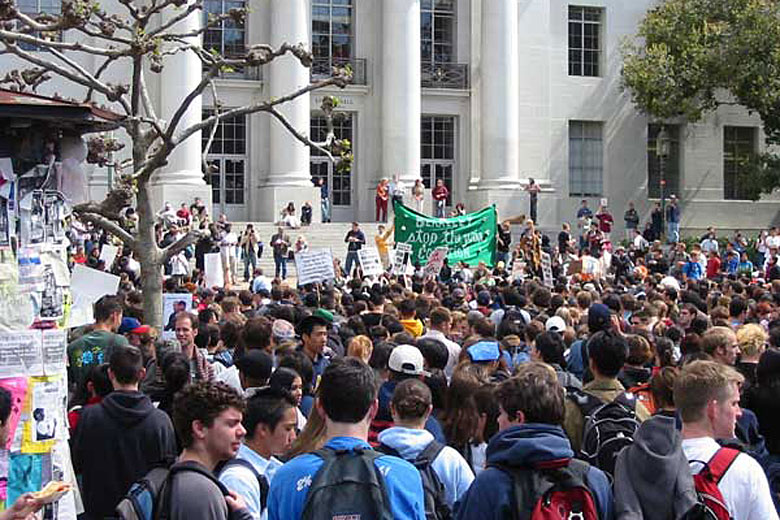
Fundamental to avoiding civil unrest is knowing where it’s likely to be. If you live in Berkeley, you may want to plan your travel to avoid the usual rowdy locations (Sproul Plaza for example). Know alternate routes if you see developing problems. Know the off-ramps on the freeway so you don’t get bottled in.
Track Local News and Social Media Regarding Protests
In particular, look for planned events that have the potential to turn violent so you can steer clear of them. Also pay attention to news stories that are likely to ignite violent protests, such as a police shooting of a minority.
It doesn’t matter what your political affiliation is when it comes to an incendiary situation. You may be attacked just for being in the area.
Understand the Scenarios that Justify Use of Deadly Force

I’ll clarify by saying this varies greatly from state to state. Being dragged out of the car by a mob is a life-threatening occurrence that may justify the use of deadly force. Deadly force can be used in situations where there’s a significant size disparity between attacker and attacked (a 100 lb. woman attacked by a 250 lb. man).
Deadly force can also be used when there is a significant age differential between attacker (young) and attacked (old). It can be used when there’s a significant disparity in level of training, for example a professional MMA fighter versus someone without any training. In addition, it can be used when the victim is attacked by a larger number of attackers, say five against one.
Being inconvenienced by protestors shutting down the freeway is not justification for using your car as a battering ram, whereas a life-threatening attack on your vehicle by a mob could be.
Move at Right Angles to a Mob
Don’t travel directly away or toward a protest. Turn right if possible, but move at 90 degrees to the mob. This is true whether you’re on foot or in a vehicle.
Once, a friend of mine was a passenger in a car in Central America in the 1980’s. Driving through the city, she noticed that large crowds had gathered on the sidewalks, as if to watch a parade. All of the spectators were craning their necks to see something in the same direction that she was traveling.
Suddenly, a loud concussive boom sounded, the crowd panicked and ran into the street, swarming her car. Her driver had the presence of mind to make an immediate right turn and head down a side street to safety.
In just a few minutes, she was miles away. Unbeknownst to them, her car had been following a column of tanks which had then fired on the capitol building. As for the bystanders, the time to take action would’ve been when they first observed the tanks, because in reality the mere presence of the tanks indicated that the attack had already begun. Which leads directly to the next point.
Stifle Your Curiousity
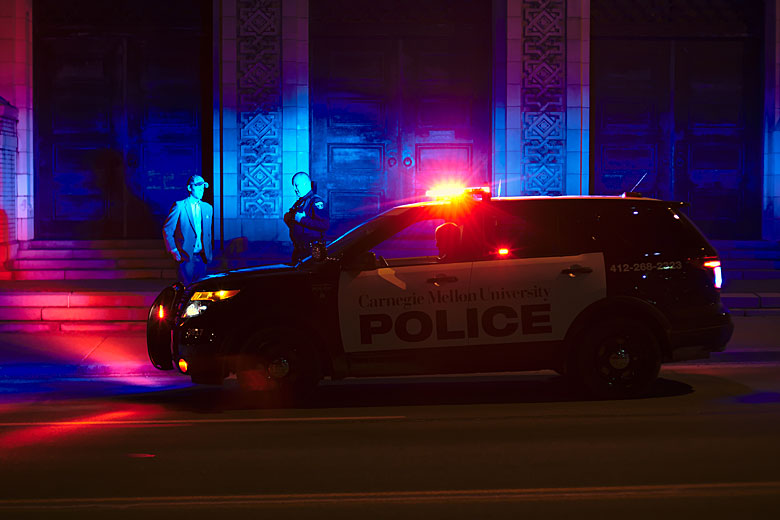
As you’re diving home, you see fifteen police cruisers scream past you, lights and sirens blaring. Make that right turn and take that alternative route we already discussed. This is hard to do sometimes, but you can find out what’s going on using the Internet when you get home safely.
Mob Mentality: Why They Riot
Western Washington University psychology professor, Dr. David Sattler says reinforcement is an important part of setting off an incident of mob mentality and spectators can add to that encouragement, even by simply standing around and staring open-mouthed. Often the observers are taking videos and photographs, but Sattler says just their very presence can be all the encouragement needed.
Most Law Enforcements Officers are significantly outnumbered and a truly widespread event may quickly overwhelm emergency services. The Rodney King riots are a good example of this.
Rather than respond in strength like Mayor Daley did in 1968, LAPD brass felt it would be gasoline on flames to crack down, so they were ordered to stand down. They didn’t respond until day three of the event. If your neighborhood adjoins Compton for example, say Gardenia, you may want to have a plan to go visit your Aunt in Visalia.
Be Ready to “Bug In”

Have enough of what you need to stay indoors for several days. I’d actually say weeks might be more appropriate in some areas. So food, water and medical kits should be stored so you don’t have to venture out for several days.
I also recommend being able and prepared to defend yourself in case things get really crazy. This is a highly personal choice, but in a serious event, emergency services will be taxed and the risk exists of no one responding to your 911 call in time to help. In that event, the protection of your family falls squarely at your feet.
Be Ready to Activate Your Urban Evacuation Plan
If the violence spreads or Law Enforcement loses control of the situation, you’ll need to be ready to leave. While it’s not 1970, the potential for violence can still be high. It doesn’t matter who’s committing the violence or who’s to blame, the response is still the same. If you’re not prepared to take care of yourself and your family, who will be?
Editor-in-Chief’s Note: Kevin Reeve is the founder of onPoint Tactical, training professionals and select civilians in urban escape & evasion, urban survival, wilderness survival, tracking and scout skills. I’ve personally taken onPoint Tactical’s Urban Escape & Evasion class and highly recommend it as a resource!






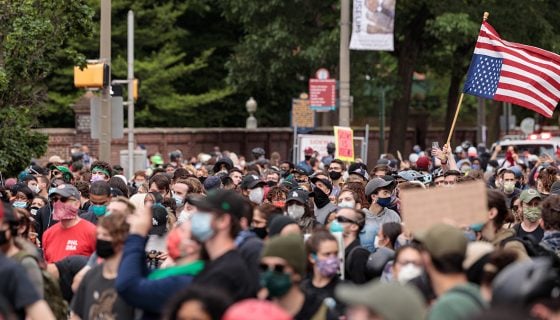
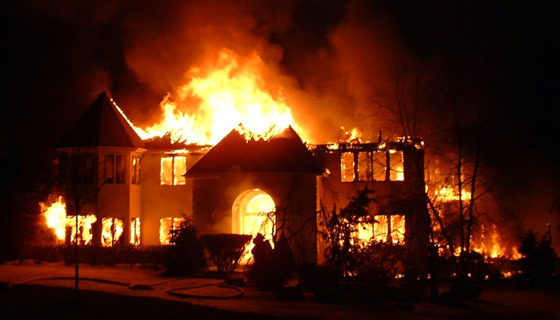
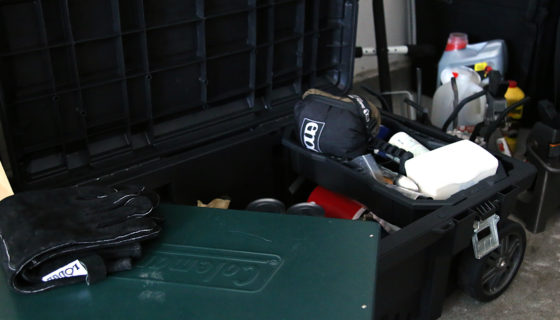
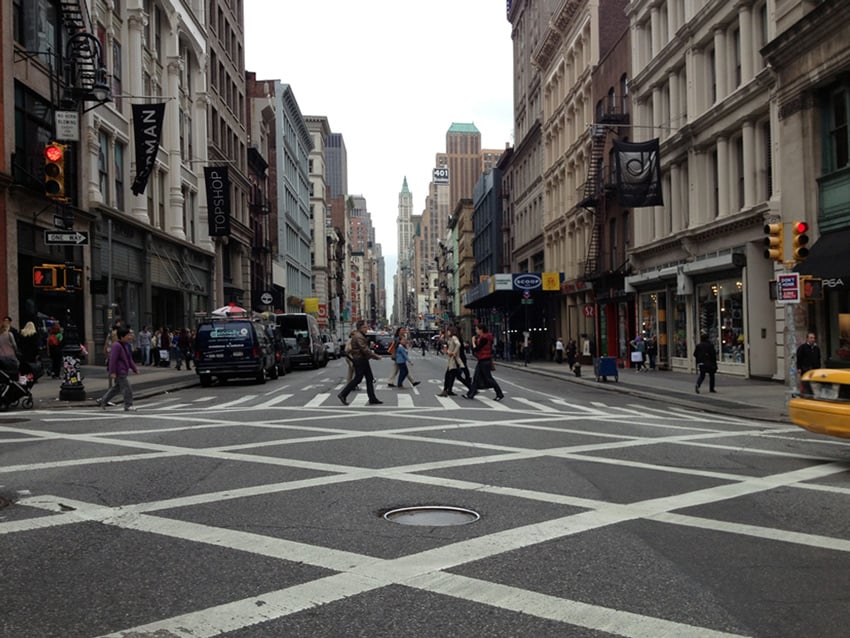

Discussion